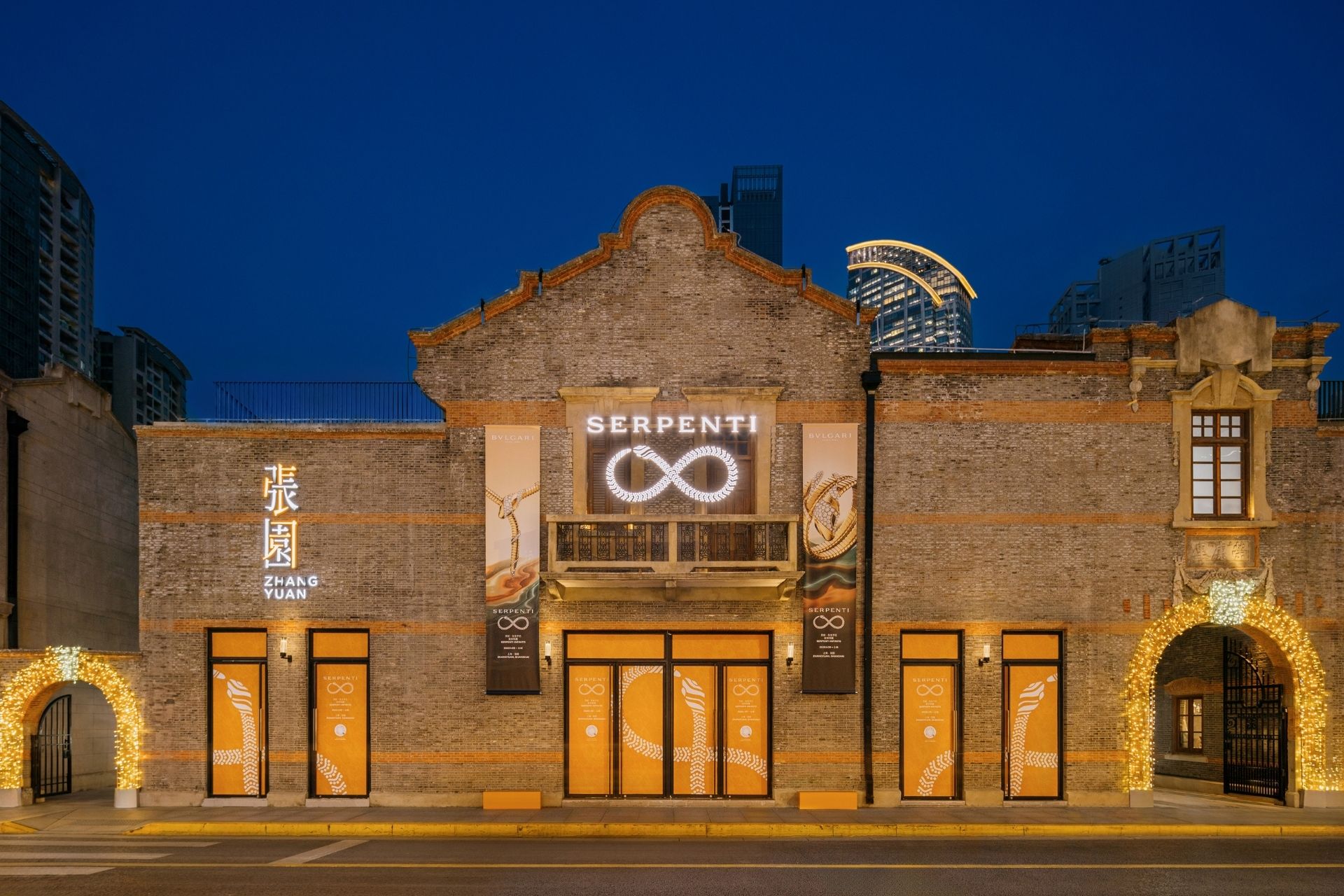
Creative agency Hmm!’s co-founder, Rasmus Michau, talks about the current love affair between art and luxury marketing and whether the economic downfall will dampen the sparks.
Creative agency Hmm! co-founder, Rasmus Michau, talks about the current love affair between art and luxury marketing and whether the economic downfall will dampen the sparks.
After studying hundreds of luxury brand communication briefs, it’s clear that brand DNA is falling more and more into the hands of independent artists. So, are artists selling their soul to the devil by working with big brands, or are these collaborations mutually beneficial?
The love affair between brands and contemporary artists is seriously on! But it wasn’t always. While the art market has roots that are deep and long, artists were tapped for their marketing potential only recently. In our not-so-distant collective past, contemporary art was deemed incomprehensible to the masses and interesting only to intellectuals with big bank accounts. Over the last ten years, however, that notion has changed. Vuitton first shifted the tide by calling on artist Takashi Murakami to customize a capsule collection of accessories. Other luxury brands quickly joined the bandwagon.

Naomi Campbell at Louis Vuitton S/S 2008 and Richard Prince’s “Debutante Nurse“, 2004
Incorrectly labeled as close-minded and pedestrian, the general public proved receptive to contemporary art. As a result, contemporary creativity has become one the easiest ways for a brand to communicate their aspiration message.
When Andy Warhol painted the Campbell soup cans in 1968, he showed how to manipulate advertising to benefit art. Forty years later, advertising campaigns are reversing the concept by using art to attract attention.
Apple, for example, used the famous black and white film images of Picasso painting on a transparent support while looking out at the viewer, as if he were drawing right on the surface of your TV. Bringing the creator into your space, making him palpable, almost physically real, art becomes seductive.
Forget becoming a TV star, today everyone wants to be an art star! Not because they have a pressing art instinct, but because artists are more rich and famous than most movies stars today. “In the future, everyone will be world-famous for 15 minutes”…..Indeed, the craze that is the ArtBasel Miami fair is looking more and more like Cannes.
Need proof? Just look at reality TV shows and sites like Myspace. Everyone is putting on their own solo show—even if they only last 15 minutes. The quest to reach art stardom is a very real dream for many people across the globe. That’s why all brands should enhance their aspiration edge by associating with known artists.
“Contemporary art is a way to assert one’s sense of modernity, to offset the immateriality of one’s business and to get closer to an upscale clientele,” says François Blanc, president of Communic’art.
But upper crust consumers aren’t the only ones affected by the communicative power of contemporary art— the general public is mesmerized too.
The bridge between art and marketing is not so elitist after all…
“Branding, which is an overvaluation of the brand and logo, now dominates the world of art, an industry of luxury like any other,” explains Nicolas Bourriaud.
In light of this context, what is the best way for a brand to position an artist? Be they event or communication in nature, certain “validation” steps are followed in all advertising projects. At no time are the artists allowed to express themselves freely. Their ideas are spread out, laid out and placed in powerpoint displays; validated at multiple levels over many different presentations. The process can take several months.
So, is the artist still an artist, or simply a commissioned creative? Were the patrons of Renaissance paintings as demanding?
On the flipside, when Dior hired the electronic group Justice to compose 20 minutes of music for their fashion show, the band wasn’t asked to endlessly tweak their tracks. So what should we think?
When Richard Prince restyles the Vuitton monogram he’s far from doing the work that originally defined his art, but is he allowed to create whatever he wants, with or without the approval of the brand?
Considering the falling figures in the contemporary art market, no subject is more pressing than the link between art and marketing in brand communications. Will the downturn end the love affair? Stay tuned to find out…








